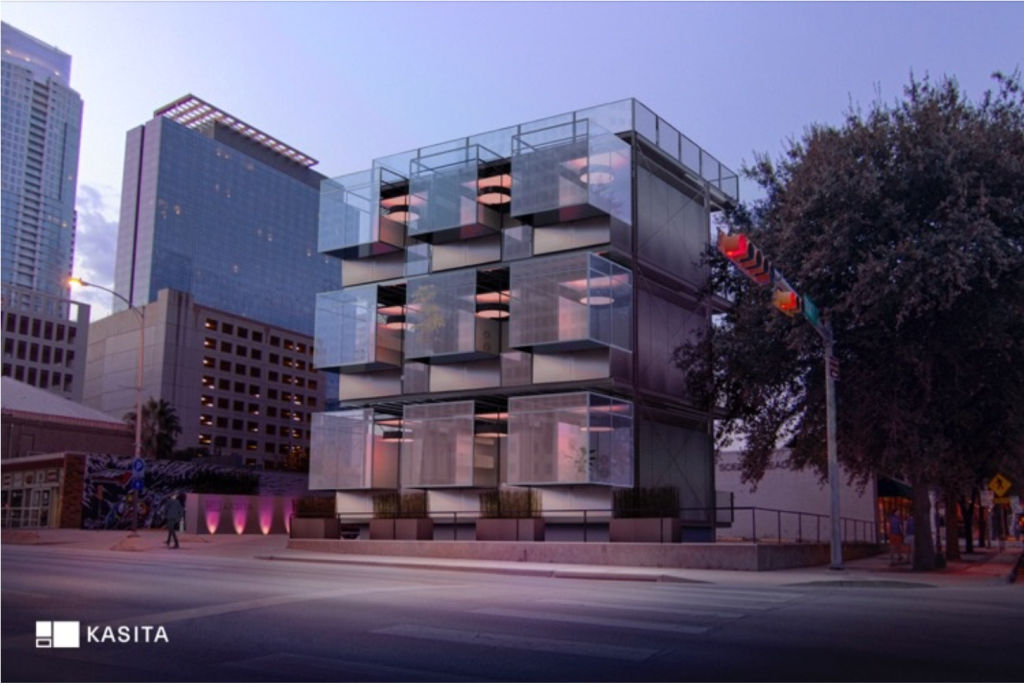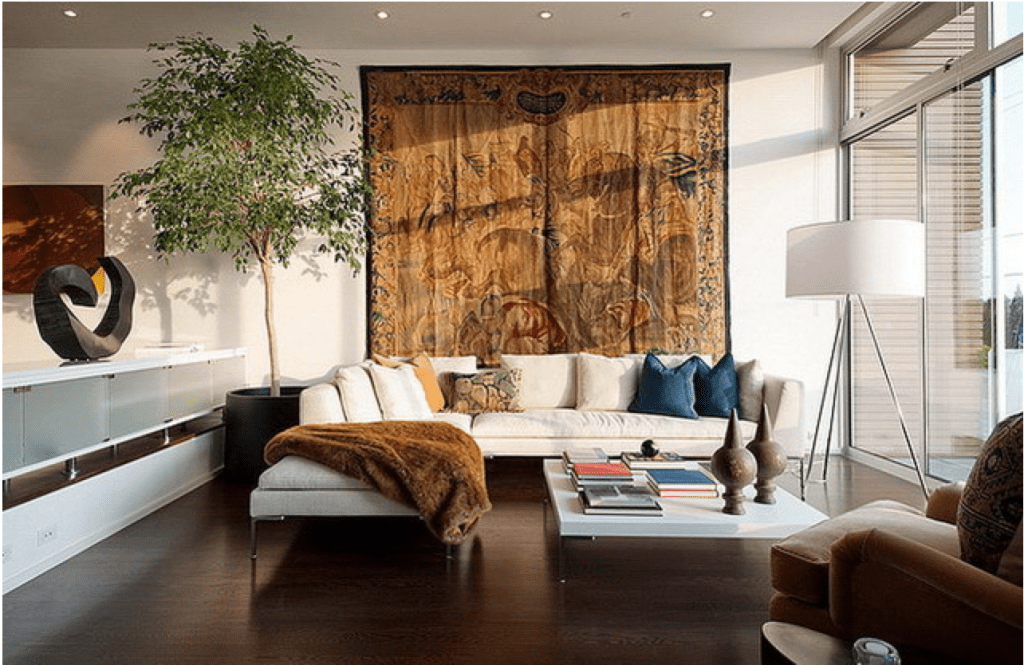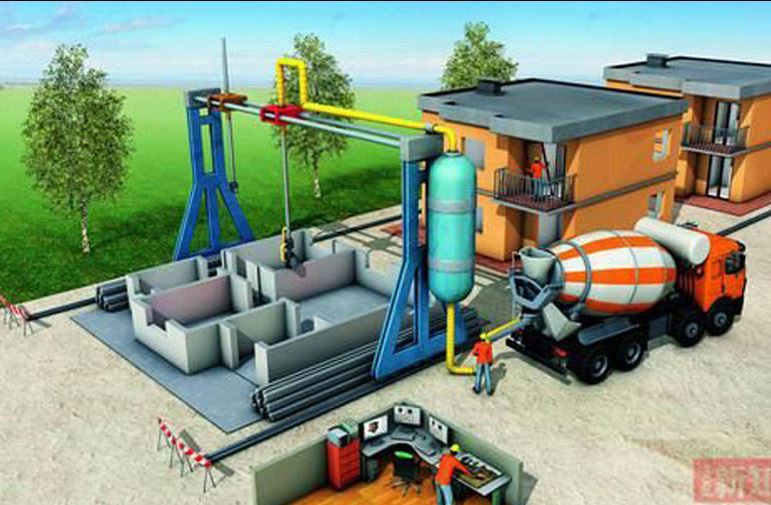A 3D Printed House
Affordable Innovation
Back in 2014, we were excited about the giant 3D printer USC Professor Behrokh Khoshnevis had designed with funding from NASA and the Cal-Earth Institute. The robot was able to build a 2,500-square-foot home in just 24 hours. The process was then known as Contour Crafting and was barely in the research stage. Fast forward […]


